There are a lot of things to consider before going hiking. When you are a beginner and looking for advice you feel overwhelmed by all the information available on internet. To help you out we’ve compiled a list of essential hiking tips for beginners. This “Hiking Essentials for Beginners” guide will walk you through the basic steps that every beginner should be aware of. Consider the following steps:
1. Solo or Group Hiking?
Decide whether you’re going to hike alone or in a group, in fact if you’re a beginner then we don’t recommend you to hike alone. Problems could arise when you venture alone into terrain and conditions for which you’re not prepared.
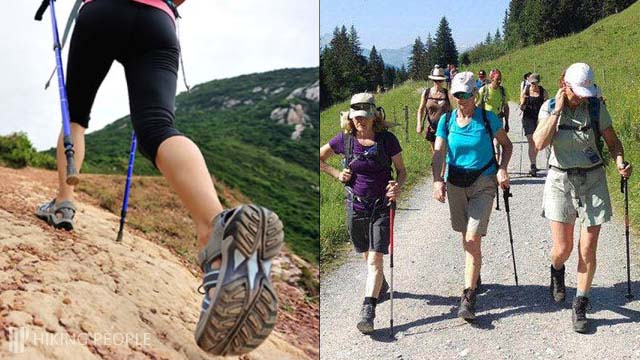
Solo Hiking
If you’ve decided to go alone then there are some advantages for being alone such as freedom to choose the pace at which you walk, where you camp, what you eat and when you take a break. On the other hand there are several disadvantages associated for solo hiking such as your pack may be heavier as sharing equipment is not an option, if you’re not accustomed to be alone then you’ll start feeling lonely out in wild pretty soon and you’re on your own if any injury or illness occurs.
Group Hiking
There would be a lot of opportunities for you to learn especially if you’re hiking with experienced hikers. You may share certain gear, such as shelter and stove, thus decreasing pack weight etc. If any injury or illness occurs, then it can be comforting to know that assistance is close at hand. Hiking with friends is always fun and motivating but more people more noise so there is a less chance of spotting the wildlife and this is one of the drawbacks if hiking in groups.
2. Learn how to read Topographic Map and Compass
Before starting any adventure make sure you master these two things such as reading topographic map and compass. These are the things that will work in any condition.
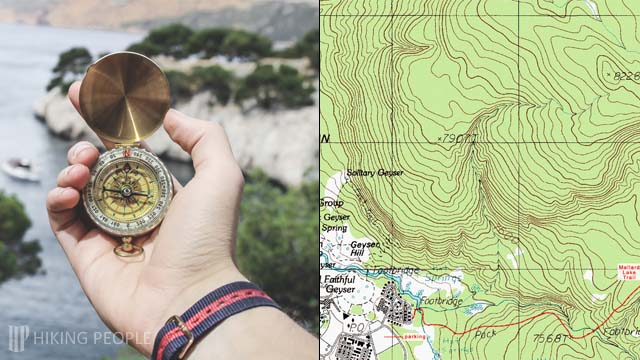
Topographic Map
A topographic map is a two-dimensional representation of natural and human-made features on the Earth’s surface. In topographic map the three-dimensional shape of the Earth’s surface is modeled by the use of contour lines. These are imaginary lines that connect locations of similar elevation. For example you can find out the height in the mountain, depth of the ocean bottom, and steep-ness of slopes with the help of contour lines. Topographic maps utilize symbols to describe both natural and human made features such as highways, bridges, tunnels, landmark lines etc.
Compass
In addition to a good topographic map, a compass is another essential tool for in wilderness survival. Knowing how to correctly read a compass ensures that you’re never lost. There are some advantages of using compass over electronic devices because they’re lighter and does not depend upon batteries.
3. Learn How to use GPS Devices
There is couple of choices available for using GPS devices; you can either use your smartphone (iPhone or Android) and a dedicated GPS unit which is sometimes called handheld GPS device. Now you might be wondering why do I have to buy a dedicated GPS device if I l already got a smartphone? The answer to this question can vary. Your smartphone can take the role of a dedicated GPS but there are some limitations of using smartphones for navigation purposes. Below is a brief comparison between using smartphones and dedicated GPS units.
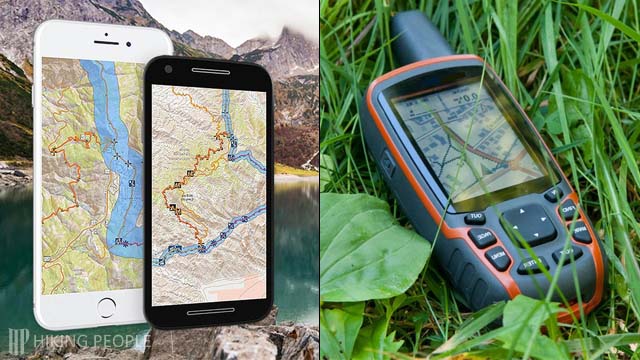
Using Smartphone
Nowadays every modern smartphone has a built-in GPS and map to provide directions from point A to point B. There are also reliable and free apps available especially designed to smartphone GPS tracking. Choosing a smartphone as your primary navigation can be good choice but there are some drawbacks associated with it such as:
- Smartphones have a very disappointing battery life
- Smartphones do not have a rugged design that can survive a knock or two
- Your smartphones may not be waterproof
- In case of any damage to the phone, you may lose your only navigation system easily
Using Dedicated GPS Unit
Most beginner hikers think that why do they need a dedicated GPS unit when their smartphone can give them right directions? For following few and important reasons a dedicated GPS device can make finding your way less stressful than by using your smartphone:
- Most dedicated GPS units are more rugged, have a good battery life and the do not require cellular connection
- Dedicated GPS devices get their directions through connections with satellites orbiting around the earth, so the chances of losing a connection (unless you’re in a tunnel) are pretty slim, no matter where you are
- Dedicated GPS devices do not consume data plans
- Usually dedicated GPS devices are more accurate than smartphones
4. Learn to Hydrate Properly
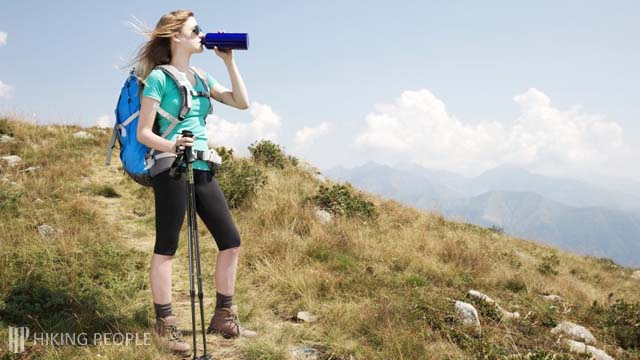
Not drinking enough water is one of the most common mistakes every beginner hiker and backpacker make. Before beginning, you must learn some basic techniques to hydrate your body in order to work properly. The best way to keep your body hydrated is to consciously drink water slowly over several hours before going out. During hiking, you should drink about one quart per hour. Clear urine gives you an indication that you are well-hydrated.
When weather is hot drinking water by itself is not enough. In this situation, your body sweats profusely and sweating out electrolytes reduce your body’s ability to regulate liquids. A salty snack or an electrolyte supplement drink can overcome this situation. Good sources of electrolyte rich foods include citrus fruits and vegetables, milk, wheat flour, rice bread etc.
5. Protect yourself from Sunlight
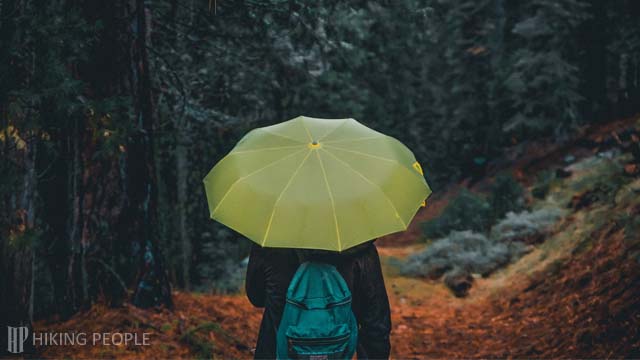
Prolonged exposure to sunlight can cause several problems such as sunburn, snow blindness, chapped lips, wrinkly leathery skin and even skin cancer. So protection from sunlight during hiking is very important. There are many ways to protect your body from the sunlight and prevent discomfort.
Wear appropriate clothes:
- You should wear light-colored, light weight and long sleeve shirts – protects shoulders, arms and back
- Wear hat or hat with neck – protects your face
- Wear nylon pants – protects legs
Umbrella: Protect upper part of your body by shading to reduce sun damage and heat
Sunglasses: Wear sunglasses to avoid UV-radiations
Sunscreen: Use sunblock lotions to protect your hands and face from harmful rays
6. Nutrition
Hiking for beginners becomes little challenging especially when you’ve to pack food for long time. Because your water and food needs are higher during hiking than usual on activity-based excursions. In order to have a successful and enjoyable adventure, you also need to ensure that your body is optimally fueled and hydrated.
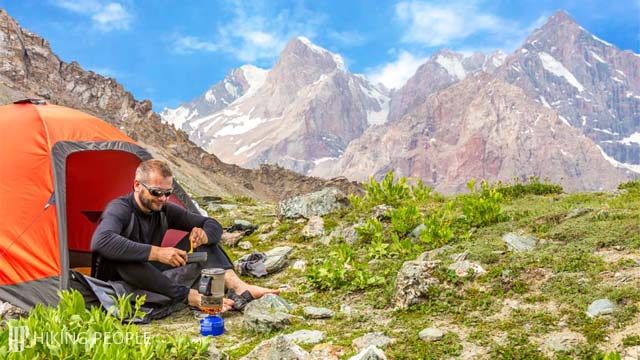
To figure out what food is good to bring on hiking trip, calculate each food’s caloric density, or its calorie-to-ounce ratios, here are some suggestions. Carbohydrates (also called sugars) and proteins provide 4 calories per gram. Fats provide 9 calories per gram, which means that fats are much more energy-rich or energy-dense, than carbohydrates or proteins. If you pack 1 pound of carbohydrates or proteins, then this will give you about 1800 calories. If you pack 1 pound of fat then this will give you about 4050 calories. This means if you pack more fat then it will reduce your weight and get the same calories. Amazing, but true!
7. First-Aid Kit
A first-aid kit is one of the most essential things you should always take on a hike especially if you’re going on long trips. Some of the stuff inside the kit may be bandages and aspirin etc, may be used frequently, while others like epinephrine shots are rarely used but are critical in emergency.
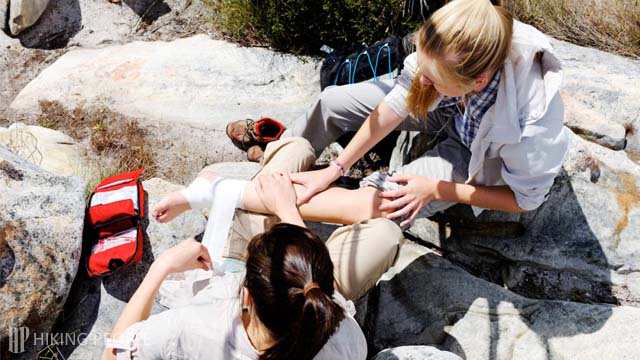
You can purchase prepackaged kits but unlike other blog posts suggests these products for beginner hikers online, we won’t recommend you buying expensive kits. Your kit must include basic stuff like bandages, a small roll of medical tape, gauze roll, multi-use tool or knife, forceps or tweezers, scissors, thermometer, safety pins etc. and it must be waterproof.
8. Choose your Hiking Gear
We’ve already discussed about some gear like; compasses, GPS devices and maps etc. In this section we’ll focus mainly on clothing and boots.
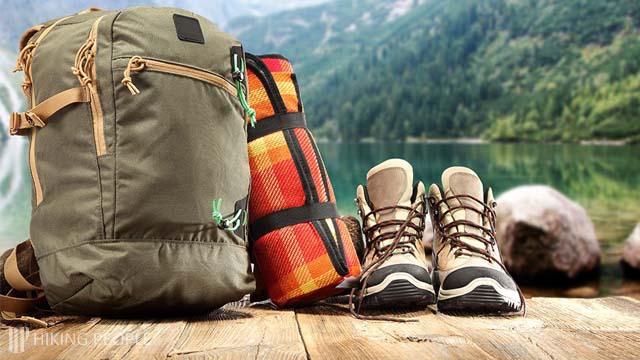
Hiking Clothes
Choosing the right clothes for hiking is very important; but if you don’t, your trip will quickly become an uncomfortable experience. Choose clothes that are made up of synthetic material because they are best. Synthetic material keeps you dry as you start to work harder and sweat more. Avoid using soft cotton tee because it will trap sweat and moisture, staying wet and cooling you down. If you’re heading up a mountain at low temperature, you will quickly get chilled.
Hiking Boots
Choosing the right footwear for preparing the hiking trip, will be one of the most important gear decisions you’ll make. Blisters, strained muscles, and scrunched toes can quickly ruin any hiking trip. Choose your footwear that is comfortable, lightweight, durable, breathable, water resistant, and should have ankle support.
9. Carry Ten Hiking Essentials
The Ten Hiking Essentials are survival items that hiking organizations recommend for safe travel. Although you may never use all of these items even some lightweight hikers do not always carry all of the items and surely it is an acceptable risk you should take in order to travel light and fast.
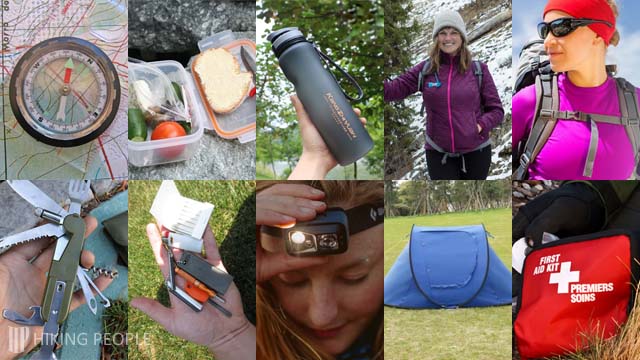
Consider these 10 hiking essentials for your pack:
- Map and Compass
- Extra Food
- Hydration (Extra Water)
- Insulation (Extra Clothes)
- Sun Protection (Sunglasses and Sunscreen)
- Multi-Tool (Swiss Army Knife) or a Pocketknife
- Fire (Waterproof Matches, Lighters and Candles)
- Illumination (Headlamp or Flashlight)
- Space Blanket and Shelter
- First Aid Kit
10. Leave no Trace
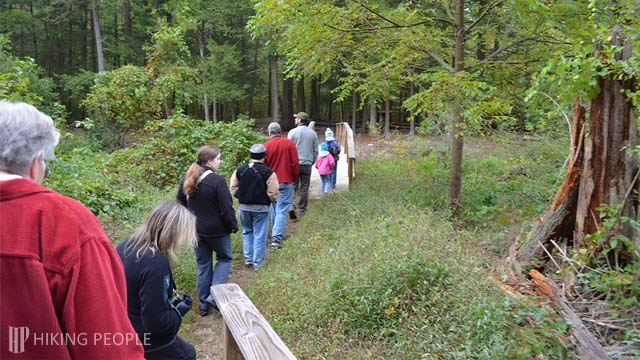
These are seven principles of outdoor recreation. Simply put: Leave the wild places you visit the way you would like to find them. The seven principles are:
- Plan Ahead and Prepare
- Travel and Camp on Durable Surfaces
- Dispose of Waste Properly
- Leave What You Find
- Minimize Campfire Impacts
- Respect Wildlife
- Be Considerate of Other Visitors
We hope that you’ll find this “Hiking Essentials for Beginners” useful and it will help make your first hike a successful and enjoyable experience! Where will you go? Leave a comment to share your ideas; We’d love to hear them!
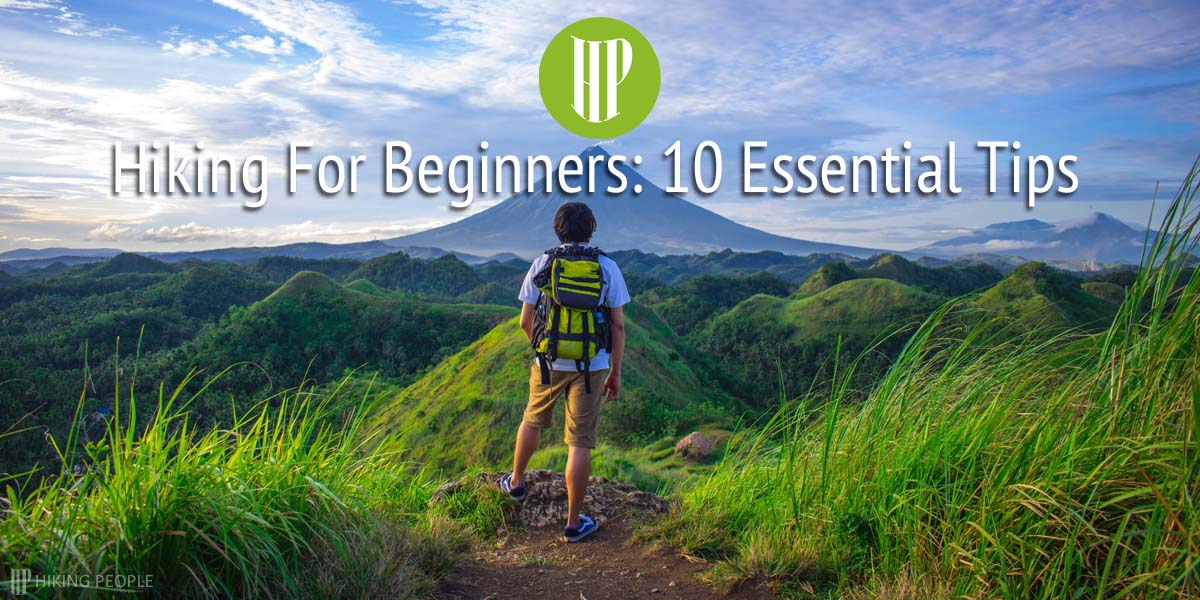
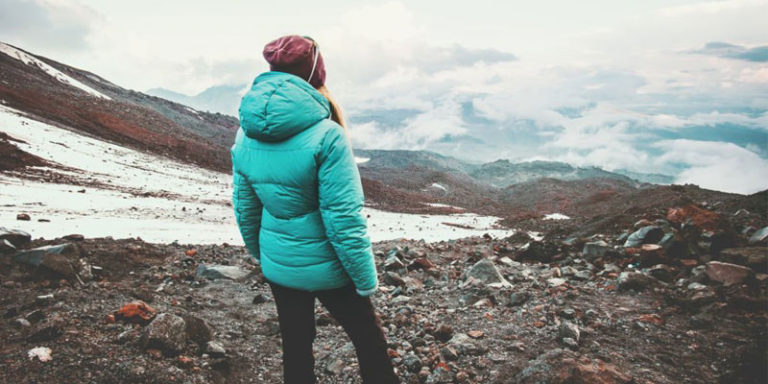
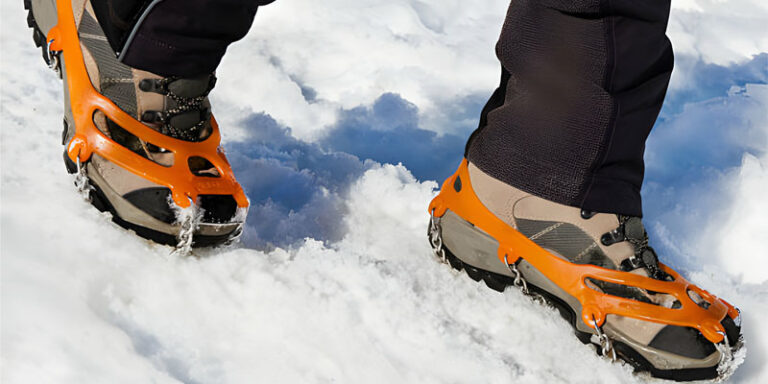
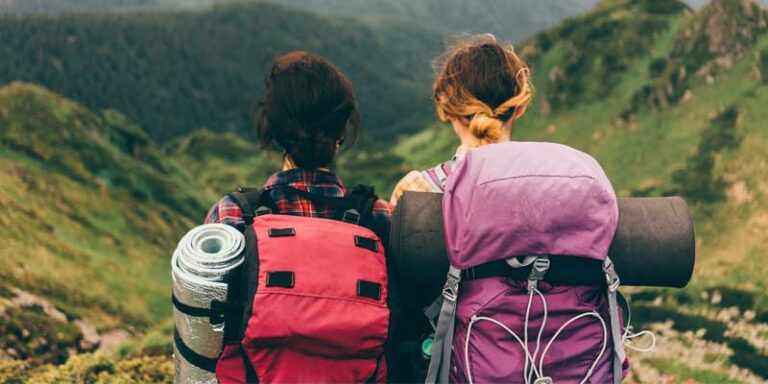
This was a nice post on making sure your gear is ready, especially for beginners!!!